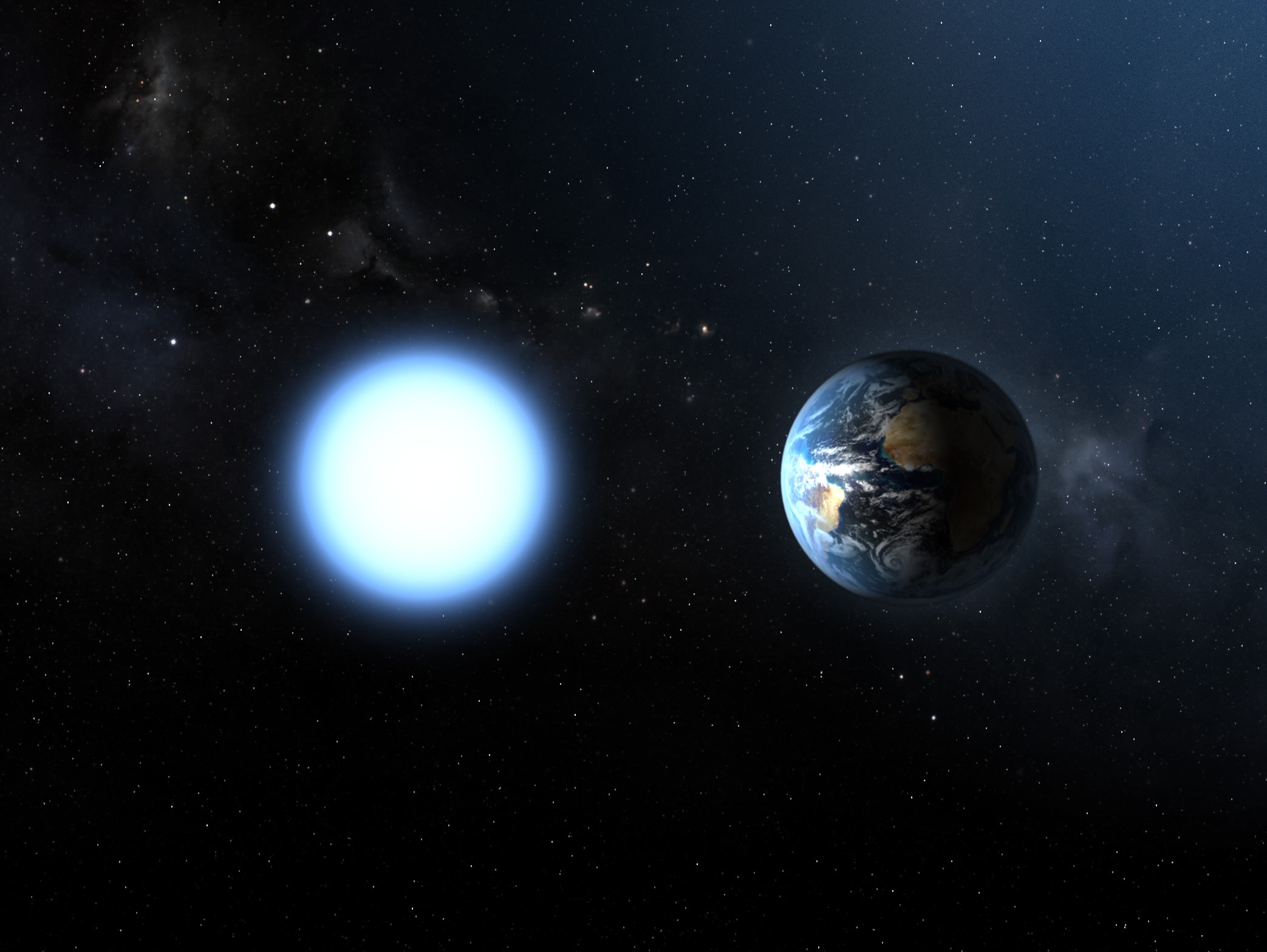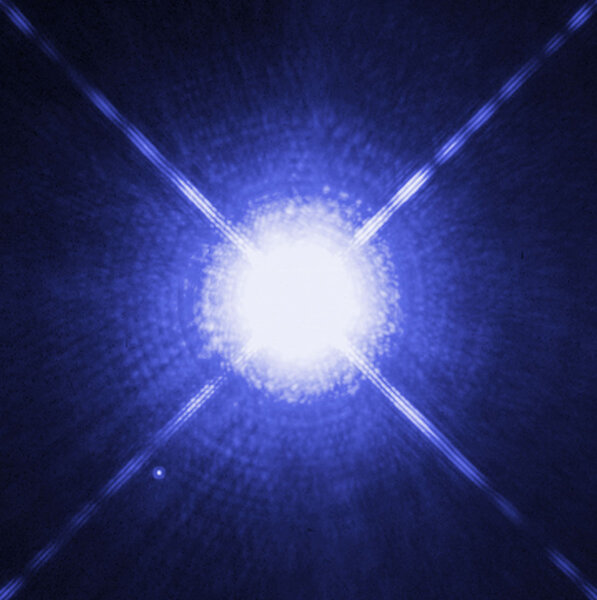Create a free profile to get unlimited access to exclusive videos, sweepstakes, and more!
Meet G117-B15A: the most stable optical clock in the Universe

Not too far away in galactic terms — 187 light years from us — is the remains of a dead star. It was once like the Sun, though perhaps six or so times more massive, and 400 million years ago it reached the end of its mainstream life. It swelled into a red giant, cast off its outer layers, and eventually lost so much material it exposed its hot, dense core to space.
This kind of object is known as a white dwarf, and is the end state for some 90% of all stars in the sky. But this particular one, called G 117-B15A, is perhaps the most stable optical clock ever seen. It pulses, changing in brightness by a very small amount, every 215.19738823 seconds (a little over three and a half minutes). Measuring these pulses since 1974, astronomers have watched the period very slowly lengthen by a tiny amount. How tiny? If you used these pulsations as a clock, you'd only lose one second every 6.2 million years.
That's a good clock.
In some ways white dwarfs are simple. They don't generate energy on their own, they just sit there in space cooling over time. In other ways they are quite complex; they're so dense — a cubic centimeter can weigh a ton or more — that quantum mechanics plays a dominant role in their structure.
One kind of them, called a DA white dwarf, has a hydrogen atmosphere, and if they happen to be at a temperature around 12,000° C, their light output can vary on a well-defined cycle. The variation is quite small, as little as one part in a thousand, but that's enough to be measured for brighter ones (ones that happen to be close by; white dwarfs are intrinsically not terribly luminous so they need to be close to us to be observed well). These kinds are called DAV (V for variable).
The change in brightness has to do with the hydrogen in the atmosphere. At that temperature the atoms of hydrogen are unstable against ionization — in other words, it's easy for them to lose an electron. This can happen in waves across the upper layer of the white dwarf, causing the surface to vibrate a bit.
It's like ripples in a pond if you throw a rock in. Well, a pebble, since this effect is pretty small. These ripples are called gravity waves, because the water displaced upward by the initial impact of the rock gets pulled back down due to gravity. The water then goes back up again, is pulled down by gravity again, and on and on.
On a white dwarf these waves move around the surface, causing the very slight change in brightness, making it get slightly brighter, then dimmer, then brighter again on that 215.19738823–second cycle in the light form G 117-B15A.
What the astronomers found is that the period of this cycle is changing, getting longer by about 5×10-15 seconds every second (or five femtoseconds per second). That's a teeny amount, so converting it to years the period changes by one second every 6.2 million years.
In other words, if you observed this star again in the year 6,202,021 AD, you'll see its period being 216.19738823 seconds. I hope you're patient, and not waiting for an exciting payoff.
They looked at other possible sources for this change in the period, including magnetic fields, a companion star affecting it (it's in a very long orbit with a distant dim bulb red dwarf), and more, and found that these pulsations are indeed intrinsic to the star and due to the hydrogen in its atmosphere.
So this is pretty nifty. There are other objects in space that are accurate clocks, like millisecond pulsars. These are even denser objects that spin madly, several hundred times per second. Their spin is very stable; they can have decay times measured in billion of years. However, they also tend to have what are called glitches, sudden changes in their rotation rates. This is due to the internal mechanics of the star (such as suffering a shift in the crust which throws off their balance), so their decay rates aren't as stable as that of G 117-B15A.
There are atomic clocks that also lose time on much longer timescales than our white dwarf clock, but they vibrate at such high rates that when you divide their actual period by the change in that period (a standard way to measure stability) they actually are less stable. For example, one kind of atomic clock measures vibrations that have a period of 2.5 femtoseconds (2.5 x 10−15 seconds), which is incredibly fast, especially compared to the 215-second period of the white dwarf. Because of that short period, the timescale of their decay is much higher — that clock would lose one whole cycle of 2.5 femtoseconds every 20 minutes or so, whereas the white dwarf takes over a billion years to double its cycle time to 430 seconds.
I know that's a bit hard to grasp, but the point the authors are claiming is that the pulsations we see in optical light (the kind our eyes see) of this white dwarf keep better time overall than any other optical clock known.
This is important because this allows the astronomers to understand the interior of the star better, and, for example, how rapidly it cools. Since white dwarfs don't make any energy, this can be turned around to determine how long the white dwarf has been around: How long it's been since its parent star died. Having the age helps us understand more about how stars die, what kinds of stars they were, and more.
And the Sun will one day be a white dwarf. Not for 7 or 8 billion years from now, but still. How it dies and what happens to the solar system are interesting problems, and all of this ties together.
Plus, it's just cool. A star with 0.6 times the mass of the Sun squeezed into a ball roughly the size of the Earth is ringing like a bell with a period so stable you could set your watch by it... and not have to worry about setting it again for a long, long time.

















